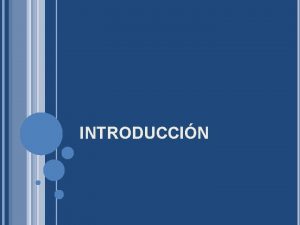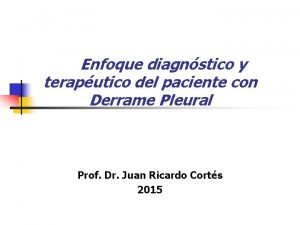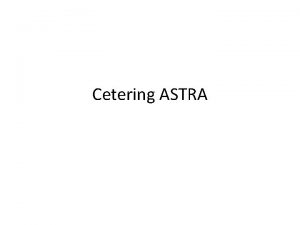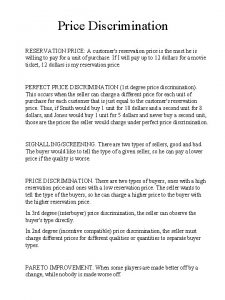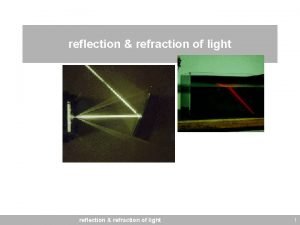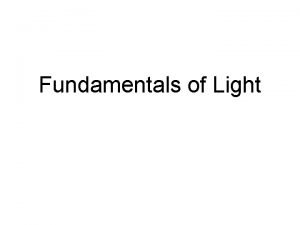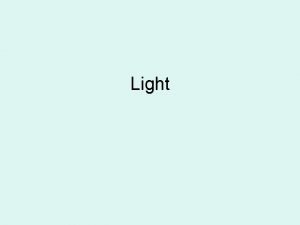The Price is Ligh The Price is Light





















- Slides: 21

$ The Price is Ligh

The Price is Light! Light is the only thing we SEE.

Some Ancient Greeks believed that light traveled from our eyes to the OBJECTS we look at. Arabian scientist, Alhazen (965 -1039) theorized light traveled from the OBJECTS to our eyes.

Abu Ali Hasan Ibn al-Haitham

Also, scientists from the Greeks to Sir Isaac Newton have considered light to be a stream of PARTICLES due to the fact

LIGHT TRAVELS IN STRAIGHT LINES


Empedocles from Greece and a Dutch physicist, Charles Huygens--

--a contemporary of Newton, argued light could be explained as behaving like a WAVE.

Thomas Young supported Huygens’ theory by demonstrating when light passes through a narrow opening, it can spread out and DIFFRACT with light passing through another opening.

http: //www. lon-capa. org/~mmp/kap 27/Gary. Inter 2/app. htm http: //www. colorado. edu/physics/2000/applet s/twoslitsa. html



Diffraction is the bending of a WAVE around a barrier, such as an obstacle or the edges of an opening.

The amount of diffraction depends on the size of the WAVELENGTH compared with the size of the slit or obstruction.

In 1905, Albert Einstein described light as consisting of massless bundles of concentrated energy called PHOTONS.

? Which scientists believed light behaved as particles?

Newton Einstein

? Which scientists believed light behaved as a wave?

Empedocles Huygens

Scientists now agree light has a dual nature, part PARTICLE and part WAVE.
 Criterios de light
Criterios de light Criterios light
Criterios light What is ligh
What is ligh Into the light chapter 22
Into the light chapter 22 Chapter 22
Chapter 22 Light light light chapter 23
Light light light chapter 23 Paghambingin ang price ceiling at price floor
Paghambingin ang price ceiling at price floor Put out the light and then
Put out the light and then Leucoplast double membrane
Leucoplast double membrane Bouncing off of light
Bouncing off of light What material blocks light
What material blocks light Price discovery and price determination
Price discovery and price determination Marked price-selling price=
Marked price-selling price= Hire purchase price - cash price
Hire purchase price - cash price Reactive procurement
Reactive procurement Thế nào là sự mỏi cơ
Thế nào là sự mỏi cơ Trời xanh đây là của chúng ta thể thơ
Trời xanh đây là của chúng ta thể thơ Gấu đi như thế nào
Gấu đi như thế nào Thiếu nhi thế giới liên hoan
Thiếu nhi thế giới liên hoan Phối cảnh
Phối cảnh Một số thể thơ truyền thống
Một số thể thơ truyền thống Thế nào là hệ số cao nhất
Thế nào là hệ số cao nhất
